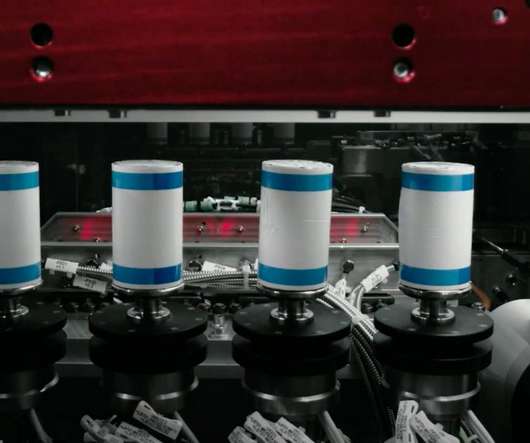Navigant: 2016 advanced battery shipments through Q3 = 323M cells and $3.8B in sales
Green Car Congress
JANUARY 26, 2017
GWh of energy capacity, 61.4 For the purposes of the report, advanced batteries are defined as rechargeable batteries with a chemistry that has only entered into the market as a mass-produced product in the last two decades for use in the automotive or stationary energy storage system sectors. GW of power capacity, and $3.8











Let's personalize your content